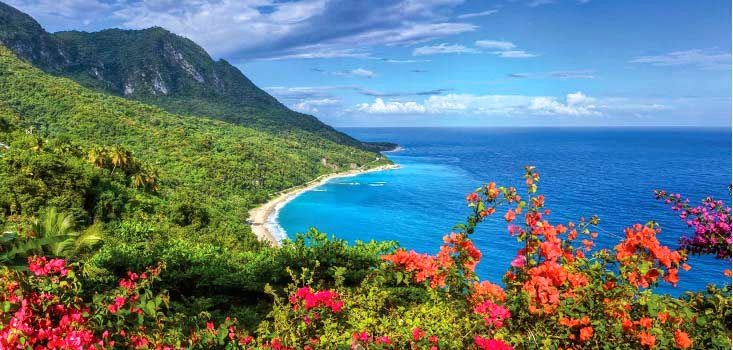
The heart of the Caribbean Dominican Republic
The heart of the Caribbean: Dominican Republic
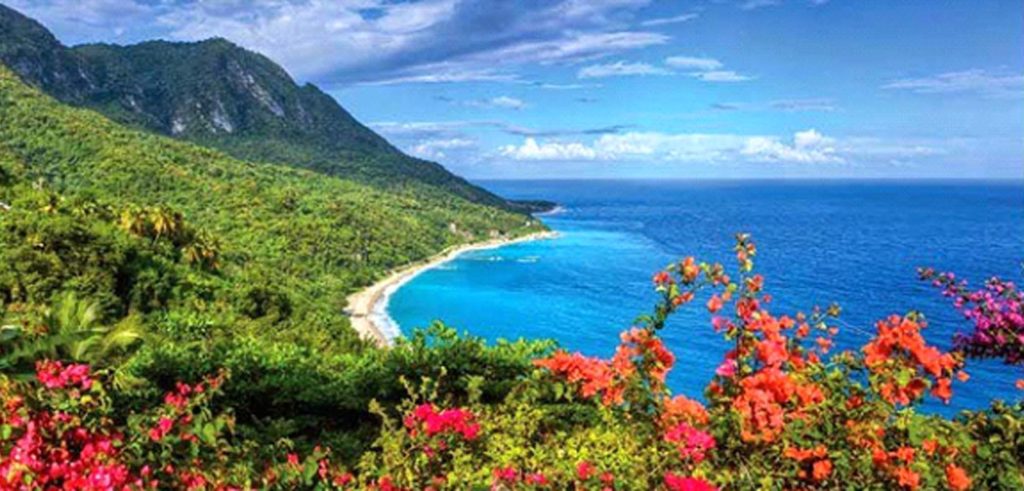
Location/Geography of the
Dominican Republic
What is a body without a heart?
In the pirate ages, when the islands population was of the Tainos (indigenous people of the Caribbean and Florida), we were the Hispaniola Island, now we are the Dominican Republic bordered with Haiti. The island was the first European settlement in the Americas, discovered in 1492 by the explorer, Christopher Columbus. The Dominican Republic is bordered with Haiti but occupies two-thirds of the island. With this being said, it makes the Dominican Republic the second largest island in the Caribbean, after Cuba. The country has a surface area of 48,442km2, divided by two oceans, on our North Shore the Atlantic Ocean, and in the South the Caribbean Sea.
General Curiosities:
The highest mountain in the Caribbean: 3,175 m Pico Duarte, located in Province San Juan
Lake Enriquillo: Salt water lake, with largest American Crocodile population in the Caribbean
Capital City: Santo Domingo
Population: 10,766,998 (2017)
Telephone Calling Code(s): 809, 829, 849
Electricity: 110 V, 60 Hz coest
Drives: right
Current President: Danilo Medina (2012-present)
Most popular sport: Baseball
Music: Merengue, originated in 19th century & Bachata
Independence Day: 27 of February
National Anthem
(subtitled in English)
Map
The island has 31 provinces; each province is divided up into municipalities, and has their own municipal government.
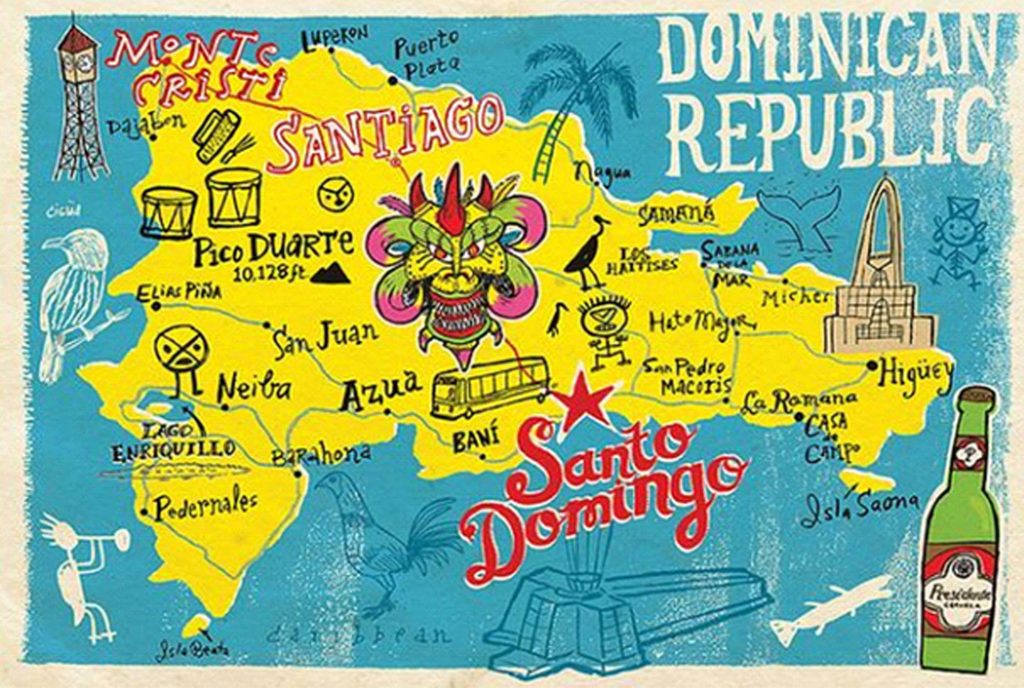
Did you know that the Dominican Republic is the only country in the world that has a bible on their flag? The Dominican Flag is a symbol for patriotism. It has a white cross in the middle, and in each corner there is a square of either dark blue or red. On the upper left corner, the square is of the color dark blue and the lower left corner is of red, and they are crisscrossed on the other half of the flag. In the middle, is the Bible, the insignia that says “God (Dios), Fatherland (Patria) and Liberty (Libertad).” The flag was official in the year 1844, after claiming their independence from Haiti.
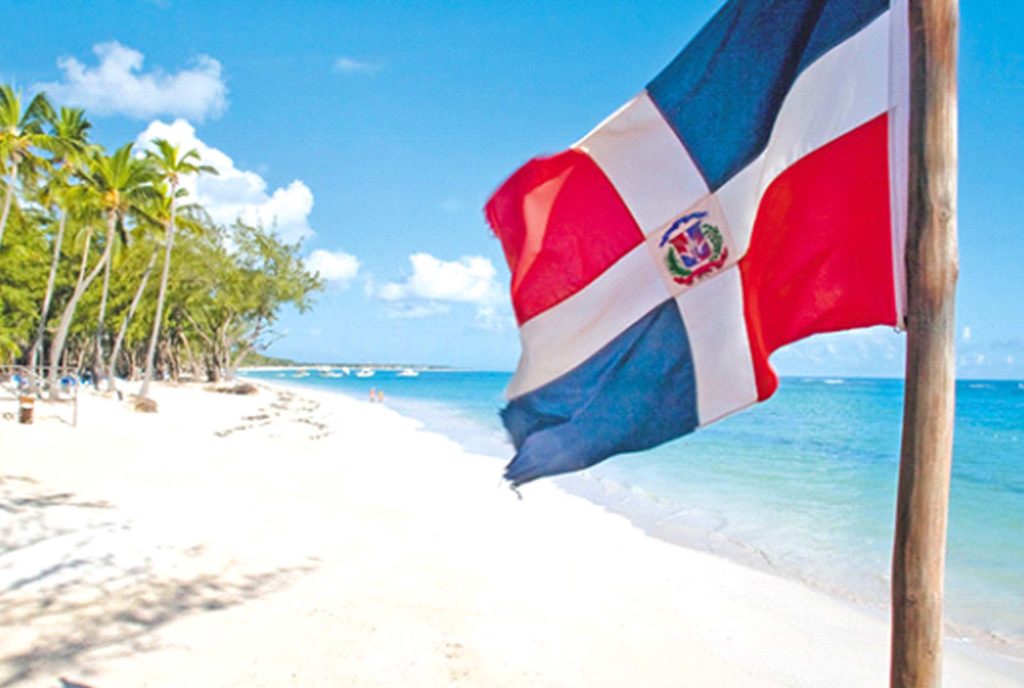
Language
Spanish is the official language.
In tourism areas, such as Cabarete, Puerto Plata, Sosua, Las Terrenas, Punta Cana you can find many different languages that are spoken by both foreigners and some Dominicans. Such as French, German, Russian, Italian, ect.
Currency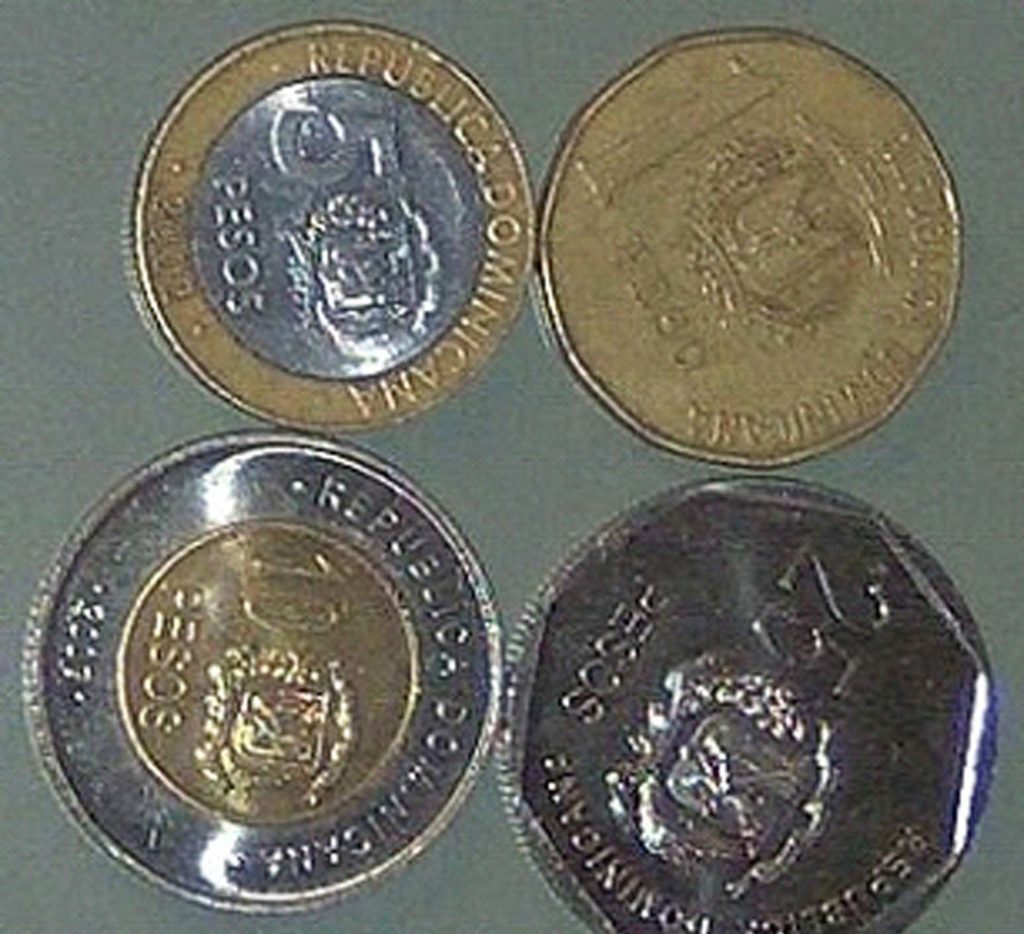
The official currency is the Dominican Peso (RD). There is a 2000, 1000, 500, 200, 100, 50, 25, 20, 10, 5, 1 bill or coin of Pesos. Be careful with the 200 RD and the 1000 RD, and the 500RD and the 2000RD, the color is very tricky to tell apart. An exchange rate for Dollars or Euros into Pesos can be found on any bank website. ATM’s can be found anywhere around the North Coast, and most places take credit cards as a form of paying. But we recommend to have spare cash on you, at any time.
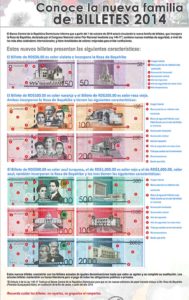
Climate
There is a tropical temperate all year long in the Dominican Republic. A perfect beach day any day. Your typical day may have lots of sunshine and a few clouds. Even when it is rainy season, there is sunshine. However, if you’re planning to go to the Pico Duarte or Constanza this winter, you might see some snow. The average temperature would be from 65°F to 90°F (19° to 34°C). The coolest season is between November and February, even though Dominicans might walk around in light sweaters and long pants, visitors will wear shorts and sunglasses. The hottest time of the year is between April to September. It may get rainy in this time due to storms, but we assure you that it’s a nice refreshment.
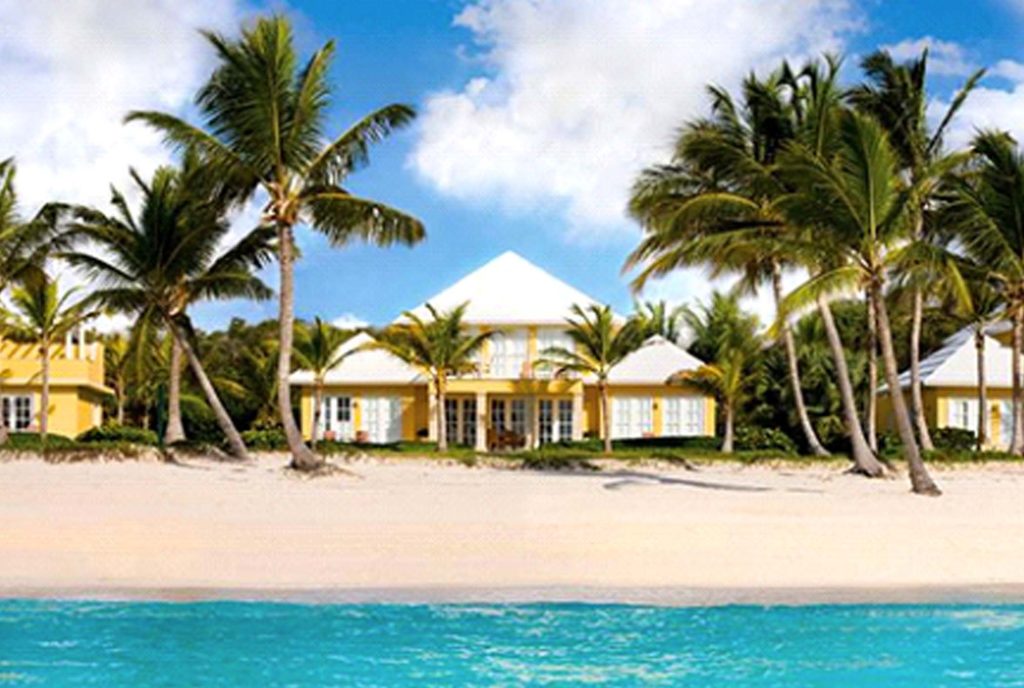
How do I get to the Dominican Republic?
Approximately fifty different airlines in total arrive and depart from Gregorio Luperon International Airport, some by direct routes and others by connecting flights.
By Air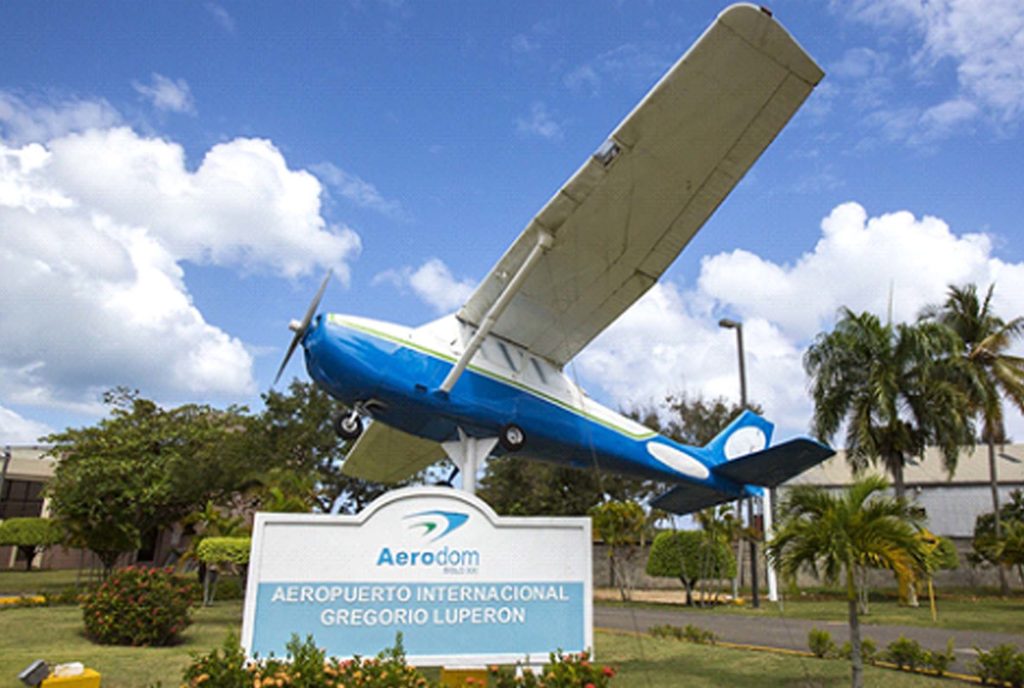
Here on the north coast, Gregorio Luperon International Airport (POP) is our international airport, only 15 minutes from Puerto Plata, and 10 minutes from Sosua. It is the fourth busiest Airport in the Dominican Republic, and was constructed in 1979 to increase tourism on the North Coast.
Puerto Plata (POP) services: Air Canada, Air Europa, Air Finland, Air Transat, American Airlines, Condor, Delta, Finnair, Jet Blue, Thompson, Thomas Cook, United, Westjet, XL Airways France, and many more.
Overall, there are 6 further airports to be found around the Dominican Republic.
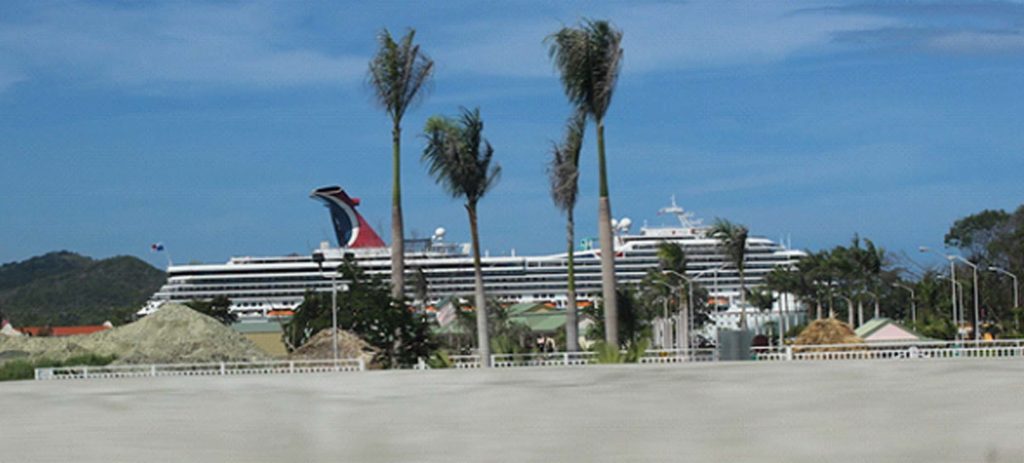 About 12.1 km from Puerto Plata located in the Bay of Maimon, you will find the Amber Cove Cruise port. About 523 years later after Columbus’ arrival & 30 years after Puerto Plata’s last cruise ship arrival, the Amber Cove has seen their first passengers arrive in October 2015. The Cruise port was built for the same reasons the airport did, to raise the tourism. It was designed to make Puerto Plata a cruise destination.
About 12.1 km from Puerto Plata located in the Bay of Maimon, you will find the Amber Cove Cruise port. About 523 years later after Columbus’ arrival & 30 years after Puerto Plata’s last cruise ship arrival, the Amber Cove has seen their first passengers arrive in October 2015. The Cruise port was built for the same reasons the airport did, to raise the tourism. It was designed to make Puerto Plata a cruise destination.
The Cruise ports accommodates 10,000 visitors a day, including cruise passengers & crew members.
Some of the cruise ships that have visited so far are: Adonia, Carnival, Nieuw Amsterdam, Costa Deliziosa, Queen Mary, ect. Check out the Cruise port calendar under: http://www.ambercove.com/Port-Schedule.aspx
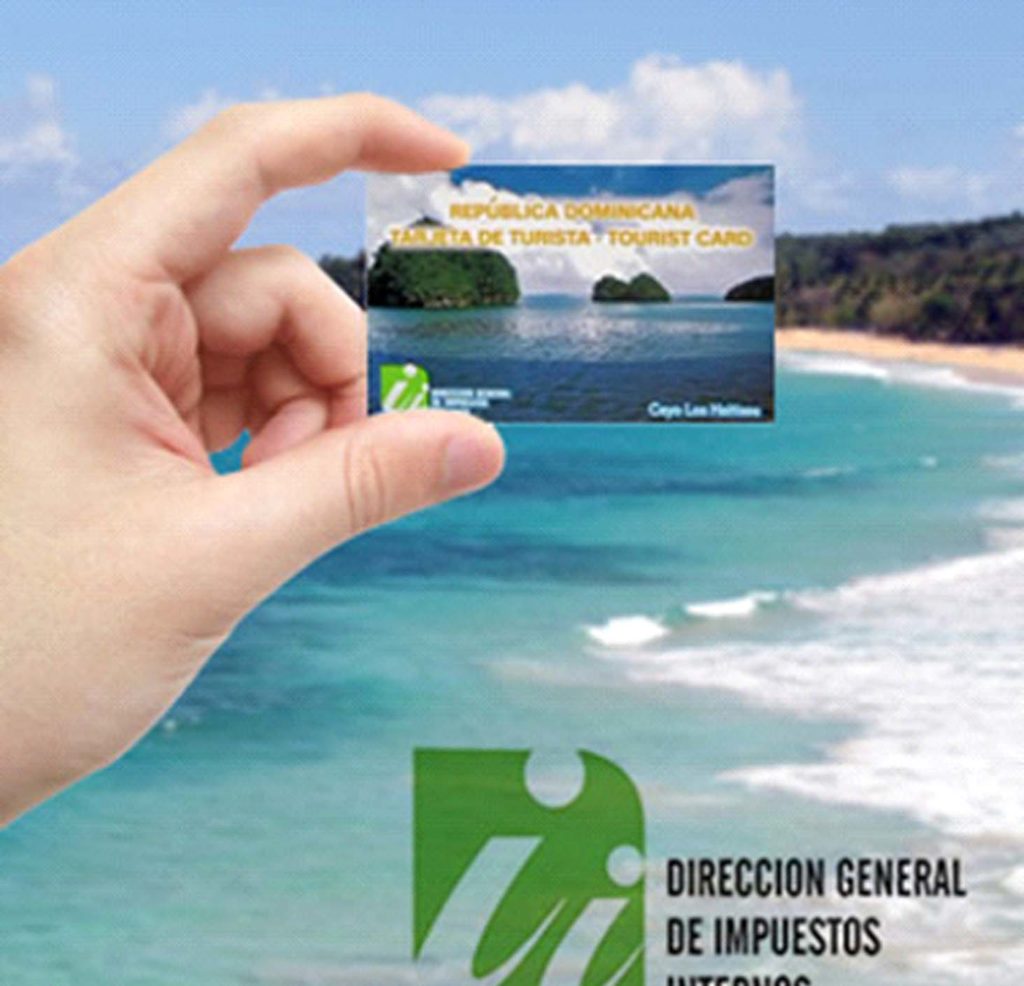 Before entering or leaving the country at ports and airports, tourists are required to fill out embarkation/disembarkation forms. When you embark, if you don’t have a cedula (local identification card) or residencia (foreign identification card) you will have to buy a tourist card, which is valid for 30 days. The Tourist Card costs $10.
Before entering or leaving the country at ports and airports, tourists are required to fill out embarkation/disembarkation forms. When you embark, if you don’t have a cedula (local identification card) or residencia (foreign identification card) you will have to buy a tourist card, which is valid for 30 days. The Tourist Card costs $10.
Transportation and Travel
Highways
In 2002 there were five main highways, named DR-1, DR-2, DR-3, DR-4, and DR-5. Today, these highways are still in good conditions and connecting its provinces. However, the highways have expanded and others have been made, making the travel shorter, nicer, or safer. Traveling Apps on your phone, computer or tablet can help and lead you to your destinations in the Dominican Republic, such as Waze, Google maps, ect.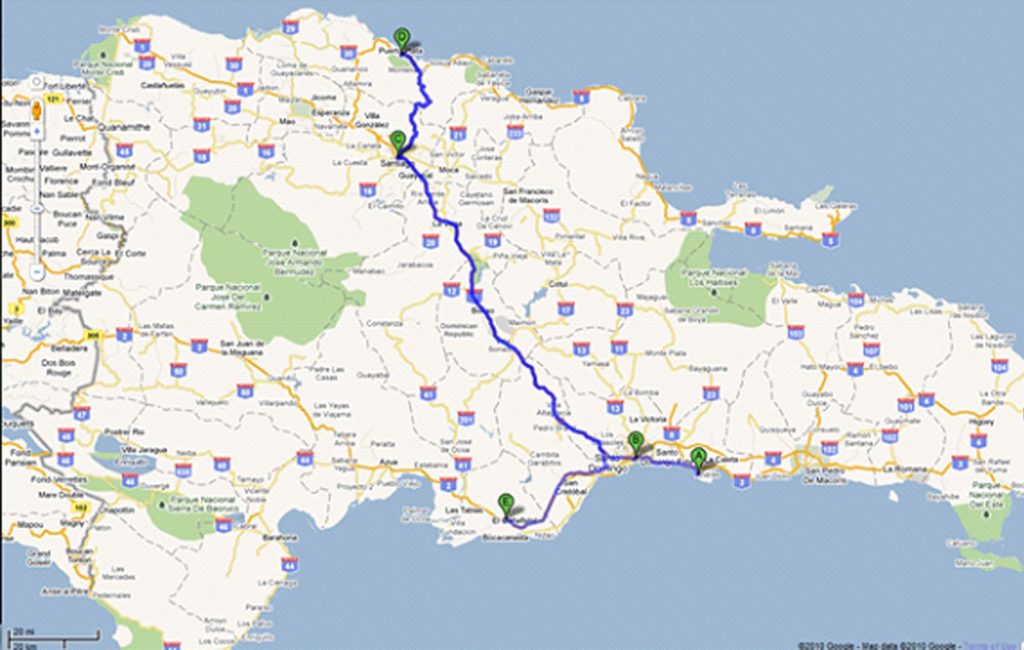
Taxis can be found at the airport, hotels, or in town and can also be arranged in advance. They are a cost-effective way to get around, and are a safe and reliable option. We have various car rentals in Sosua, Cabarete, and Puerto Plata. Car rentals run from $30-$120 USD a day, and it’s a good idea to take full insurance coverage from a known brand. Uber, is also available now in various provinces.
Public transport
Public Cars, such as Carrito Publicos, & Guaguas are privately owned passenger cars and mini buses that transit a specific route daily, for a very low cost. Our local route runs from Puerto Plata to Rio San Juan. Passengers may stop anywhere they please to a certain cost.
Metro & Caribe Tours are the 2 major bus companies in the country, although there are smaller companies that travel more local routes. Caribe Tours and Metro both drive comfortable & reliable, air-conditioned, 52 seat buses. Their rates are quite reasonable, around 400 Pesos for a one-way trip to Santo Domingo. From Sosua, the route travels through Puerto Plata, Santiago, La Vega, and ends in Santo Domingo, or reverse. These buses can also be rented for private tours.
More info: 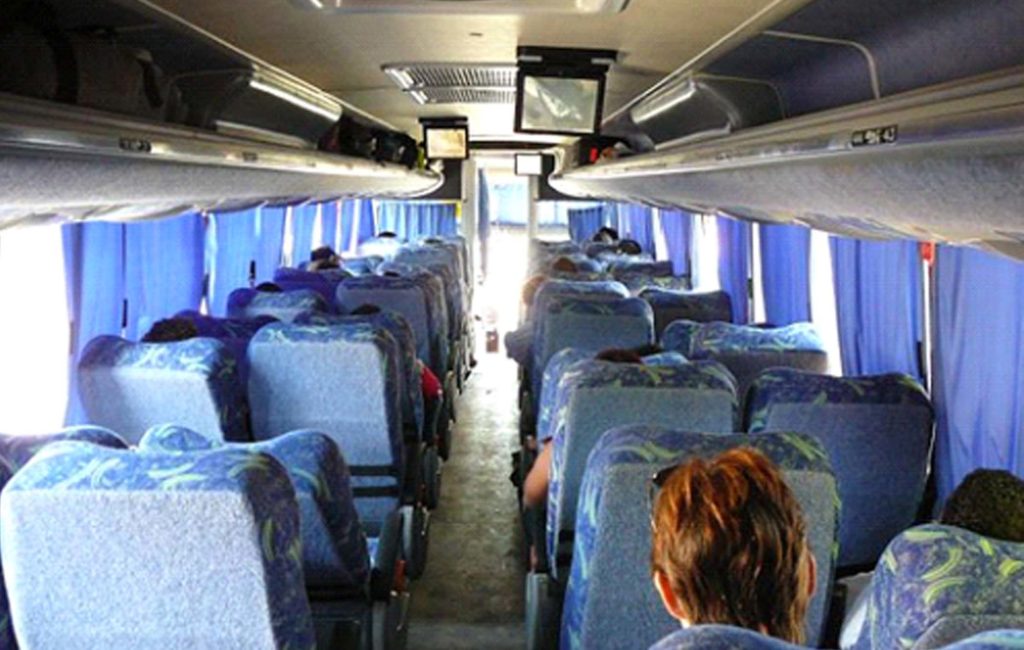
http://metroserviciosturisticos.com/
http://www.caribetours.com.do/
One of a kind Souvenirs
If you are looking for something unique that can only remind you of the Dominican Republic, pick Amber, Larimar, Cigars, or Brugal rum to take home.
Dominican Gemstones are very beautiful. Amber can go back to 40 million years ago, and is found and worked with a lot in the Dominican Republic. Remember the famous amber piece with the mosquito inside, in the movie Jurassic Park? That piece was from the Amber Museum in Puerto Plata. Larimar, the stone of love, is something very special. This light blue sometimes turquoise stone, can only be found in the Dominican Republic. If you did or are planning to purchase one, then lay it in water every once in a while, the stone color will purify. Larimar can remind you of the beauty of the Sea on the island of paradise.
There are several Cigar factories in the Dominican Republic, that can be visited. For example, Cigar Country Stores and Factory Tours, Don Lucas Cigars, La Aurora, and many more. There is a reason musicians mention Dominican cigars in their songs, because they’re one of the best.
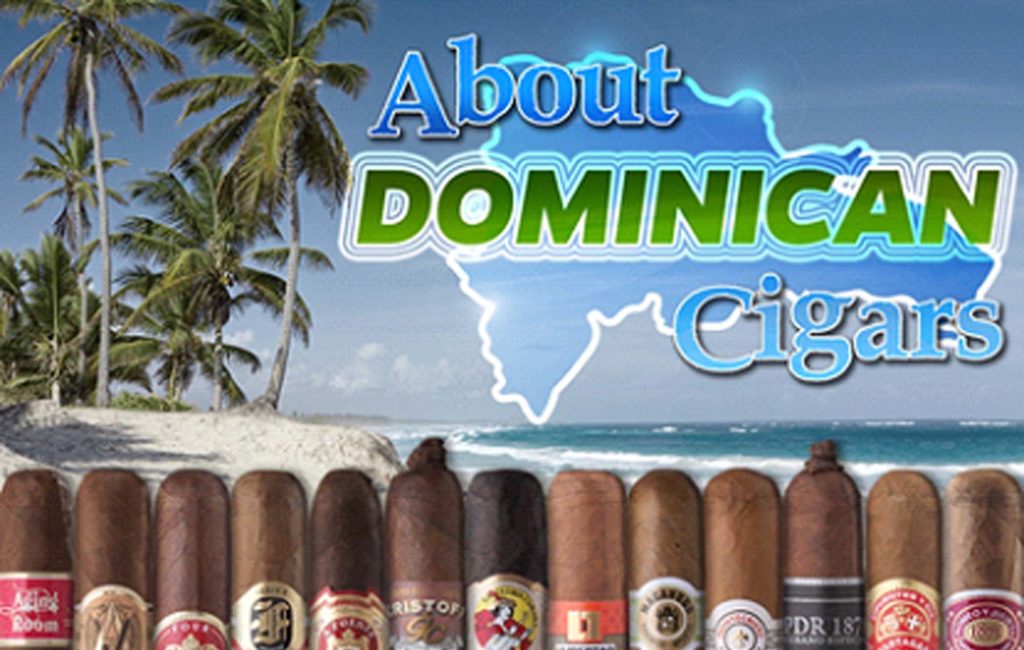 image from google images, www.famous-smoke.com
image from google images, www.famous-smoke.com
13 Dominican Cigar brands on the picture
The brugal rum factory is located right here in Puerto Plata, also able to be visited, and try variaties of rum. The costs is about $150 Dominican pesos for each person. We recommend the XV Brugal, it’s not too strong, and has a good taste.
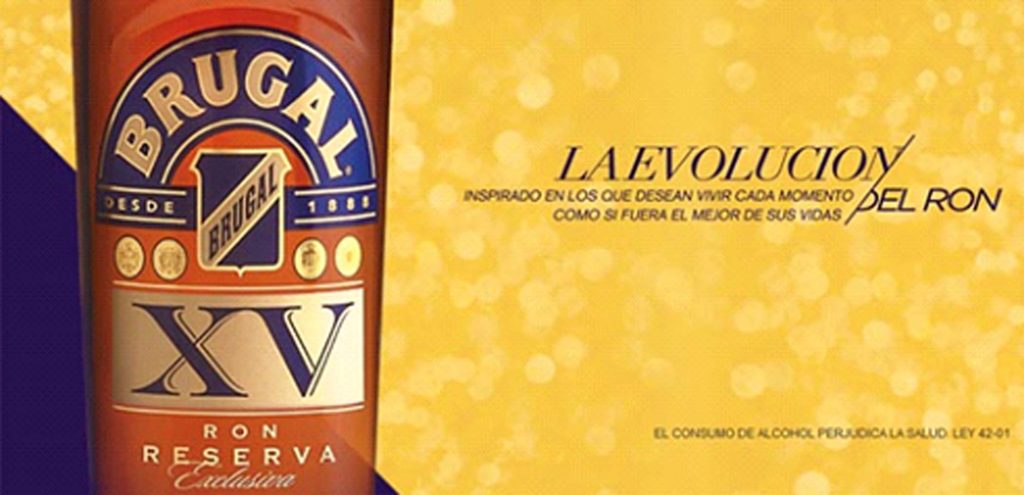
Caribbean Heart Dominican Republic come visit stay live
